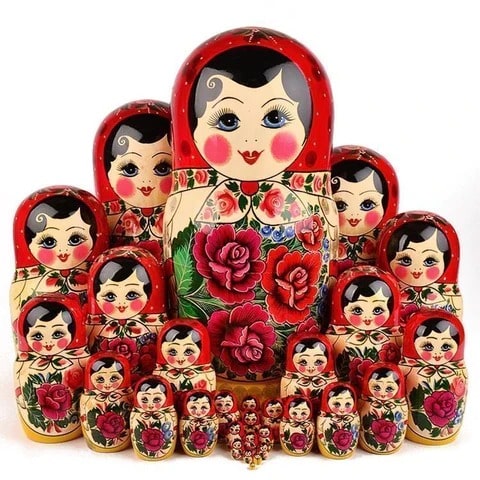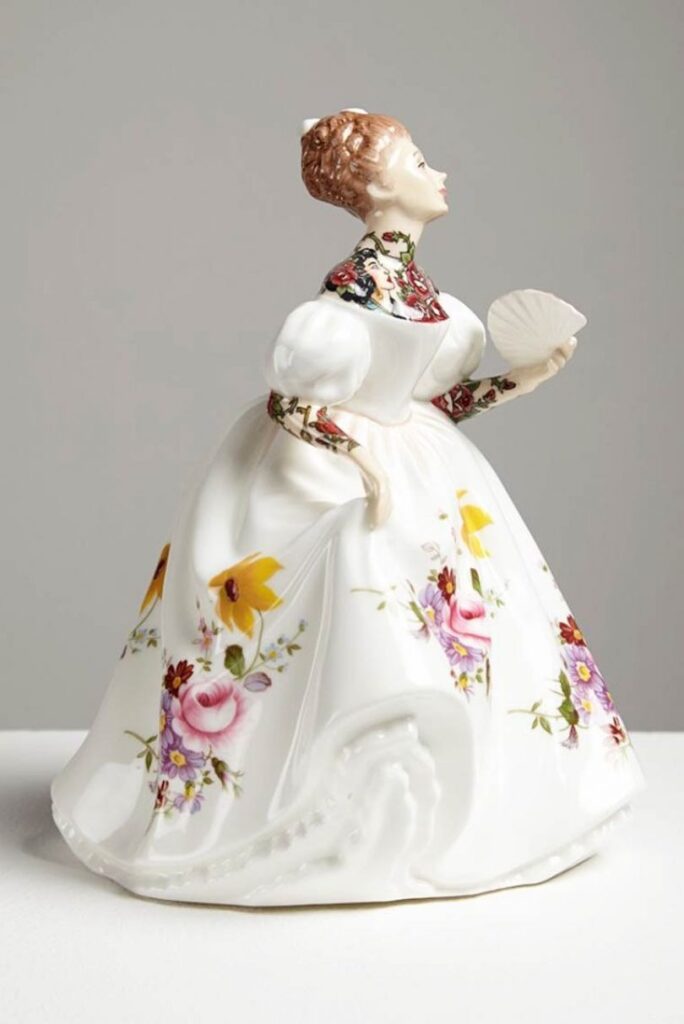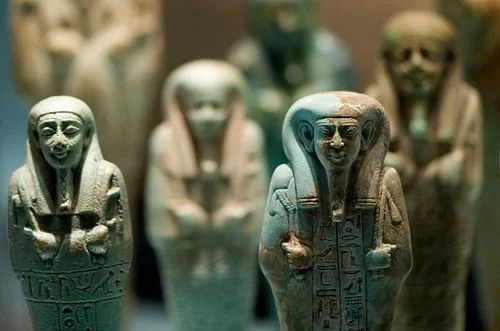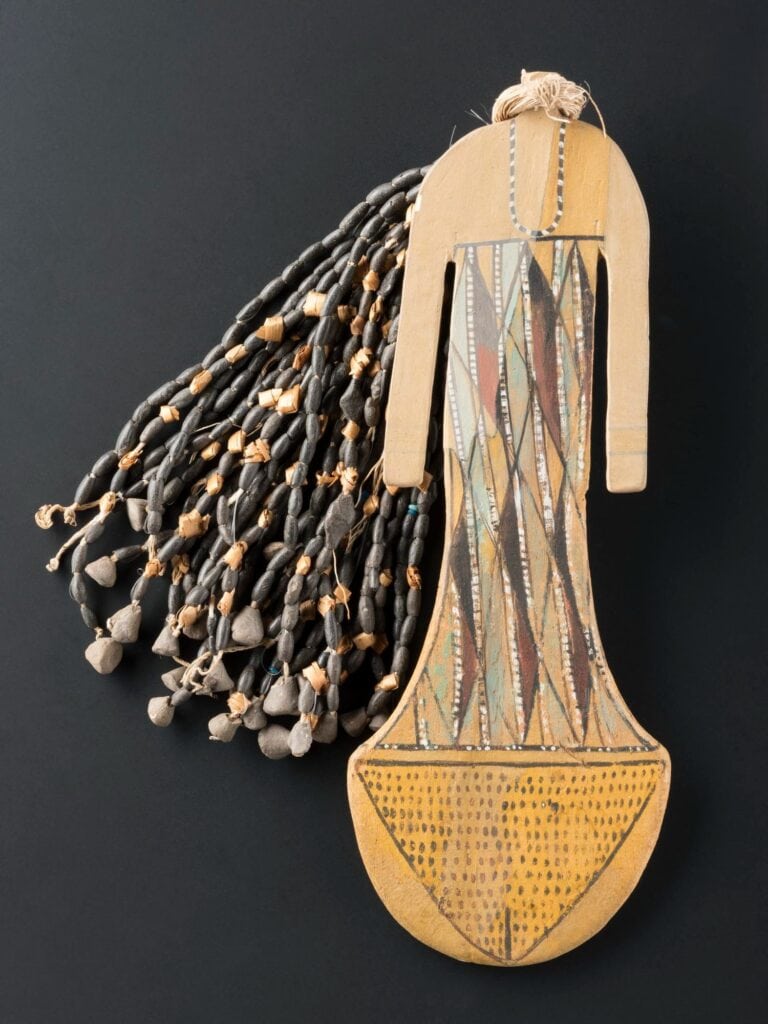Many of us have spent time playing with dolls. Whether they are made of cloth, plastic, or stuffed animals, many children like to pretend and play house. The oldest doll ever discovered is believed to be from more than 4000 years ago. That’s right!
Today’s dolls can come in a variety of shapes, sizes, and price points depending on the brand and era they were made in. With so many different kinds of dolls having been sold over the years, it can get tricky to narrow down which ones are the oldest and most valuable ones.
There are some that are so old that their exact origins can no longer be pinpointed with any certainty either.
However, we think we’ve figured it out on this list of the five oldest kinds of dolls that ever existed.
5. Plastic Dolls
Year Invented: 1940s
Country of Origin: Germany
Inventor(s): Ruth Ruth Handler
Today’s Value: Varies depending on brand

Plastic dolls started being made in the early 1940s. Initially, they were used as part of psychological studies to help researchers understand the behavior of children. The first dolls made from plastic were crude and unattractive, but over time, the manufacturing process for these dolls improved and they became more realistic.
Over the years, there have been a number of innovations made in plastic dolls. For example, it was in the 1950s that dolls began to come with movable limbs. This made it easier for children to play with them and gave them a greater range of motion.
Additionally, in the 1970s, dolls began to come with hair that could be styled in different ways. This made them more realistic and fun to play with.
Today, there are a variety of different types of plastic dolls available on the market. Some are designed to look like real people, while others are purely decorative. Some popular brands of plastic dolls include Barbie, G.I. Joe, and Disney Princesses.
Did You Know?
It is estimated that each year, around 29 million dolls are sold in the United States. Additionally, it is estimated that each doll takes around 8 hours to create from start to finish.
4. Matryoshka Dolls
Year Invented: 1890
Country of Origin: Russia
Inventor(s): Vasily Zvyozdochkin, Sergey Malyutin
Today’s Value: $10 to $5,000 or more

Matryoshka dolls, also known as Russian nesting dolls, are a type of wooden doll that consists of a set of decreasingly smaller dolls. The dolls are often painted to represent different people or characters, and are popular souvenirs from Russia.
The first Matryoshka dolls were made in the late 1890s by a woodcarver named Vasily Zvyozdochkin and a painter named Sergey Malyutin. Zvyozdochkin is credited with carving the first set of Matryoshka dolls, which consisted of eight dolls.
Malyutin is responsible for painting the first set of Matryoshka dolls, which featured the faces of real people. The first Matryoshka dolls were made in the town of Sergiev Posad, Russia.
The Matryoshka doll is a popular souvenir for tourists visiting Russia, and can be found for sale in many shops in Russian cities. These dolls are also popular gifts for special occasions such as birthdays and Christmas.
Did You Know?
The name “Matryoshka” comes from the Russian word for “mother”, which is fitting as these dolls are often given to mothers and grandmothers. The traditional Matryoshka doll set consists of eight dolls, but sets with fewer or more dolls are also common.
3. Porcelain Fashion Dolls
Year Invented: Around the mid-1880s
Country of Origin: Germany
Inventor(s): Jumeau, Bru, Gaultier, Rohmer, and Huret
Today’s Value: $10 to $200 or more

Porcelain fashion dolls were invented in Germany in the mid-1800s. The first dolls were made of bisque, a type of porcelain that is fired twice, making it harder and more durable than other types of porcelain.
The dolls were expensive to produce and were only made for a wealthy clientele. The first fashion dolls were made in Paris in the mid-19th century. They were made of glazed porcelain and were often hand-painted.
These dolls were also expensive to produce and were only made for a wealthy clientele.
The first mass-produced fashion dolls were made in America in the late 19th century. They were made of unglazed porcelain and were much less expensive to produce than the earlier dolls. These dolls were made for a wider market and were very popular.
Today, porcelain fashion dolls are made all over the world and are enjoyed by collectors of all ages.
Did You Know?
Porcelain fashion dolls became extremely popular in the United States in the early 1900s. Many of the most famous dolls, such as the Gibson Girl and the Barbie doll, were made of porcelain. Porcelain dolls are still popular today, and they are collected by many people around the world.
2. Clay Dolls
Year Invented: 1300s
Country of Origin: Egypt
Inventor(s): Unknown
Today’s Value: Around $500 to $700

The first known clay dolls were found in the temples of ancient Egypt, where they were used as religious icons. It is thought that the Egyptians may have also used them as toys for children.
The first recorded use of clay dolls in Europe was in the 16th century, when they were used as “poupées,” or baby dolls. These dolls were often made to resemble real babies, with lifelike features such as glass eyes and real hair.
Clay dolls continued to be popular in Europe throughout the 17th and 18th centuries. During this time, they were often given as gifts to young girls and were used as playthings. In the 19th century, clay dolls became increasingly popular in America.
They were mass-produced by companies such as Mattel and American Girl and were sold in stores across the country.
Did You Know?
Clay dolls come in all shapes and sizes and can be made to look like just about anything. Some popular themes include animals, cartoon characters, and babies.
1. Paddle Doll
Year Invented: Around 2030–1802 BCE
Country of Origin: Egypt
Inventor(s): Unknown
Today’s Value: $700,000 to $4.5 million

The paddle doll was invented in Egypt during the late Predynastic period and is believed to be the oldest doll ever.
It is a type of clay figurine that is shaped like a human body with a paddle-shaped head. These dolls were found in graves and are thought to have been used as burial gifts for the dead.
While paddle dolls were first made in Egypt, they have also been found in other parts of the Africa, as well as the Middle East.
These dolls are usually made of clay, but can also be made of wood, bone, or stone.
In ancient Egypt, these dolls were thought to be buried with the dead as gifts for the afterlife. In some cultures, paddle dolls are thought to bring good luck or fortune and in others, they are simply toys for children to play with.
Did You Know?
Today, paddle dolls are still made in Egypt and are popular souvenirs for tourists. They are often made from wood or plastic, and are decorated with traditional Egyptian designs.











